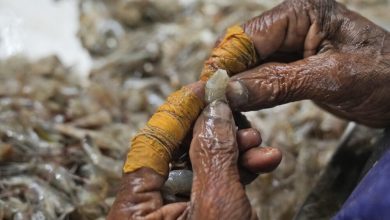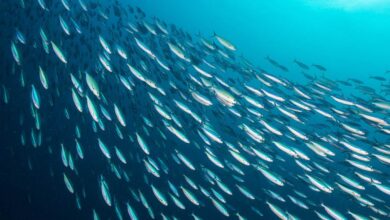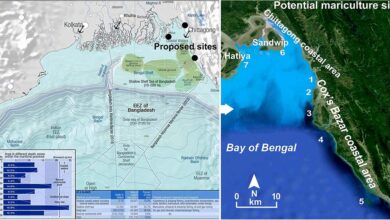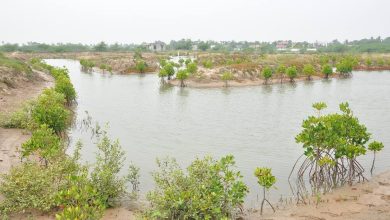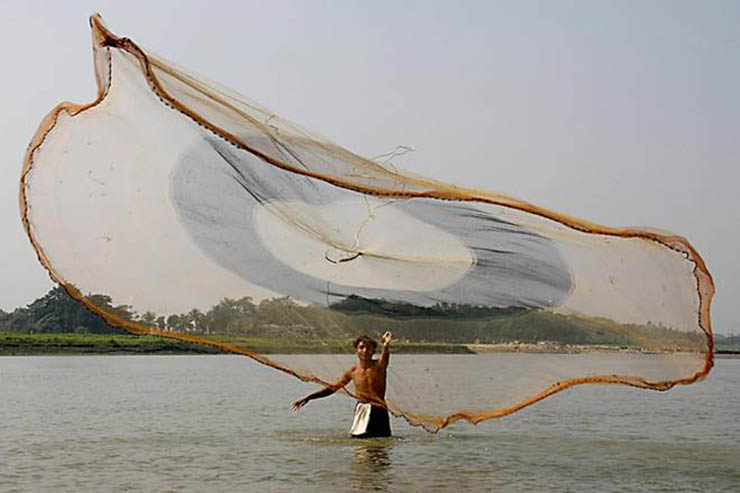
Transforming from marine-dominated to inland-dominated, Indian fisheries have undergone a fundamental change. Furthermore, the inland fisheries have shifted from capture-based to culture-based fisheries, paving the stage for a long-term blue economy.
India has seen remarkable development in fish production, with output rising from 0.75 million MT in 1950–1951 to 16.25 million MT in 2021–2022. India’s entire fish production was dominated by marine fish production till 2000.
However, India’s inland fisheries have experienced a reversal as a result of the promotion and acceptance of scientific fish-raising and management techniques. Inland fisheries’ share of the nation’s overall fish output has nearly doubled over the previous four to five decades, rising from 36% in the mid-1980s to 70% in the most recent period.
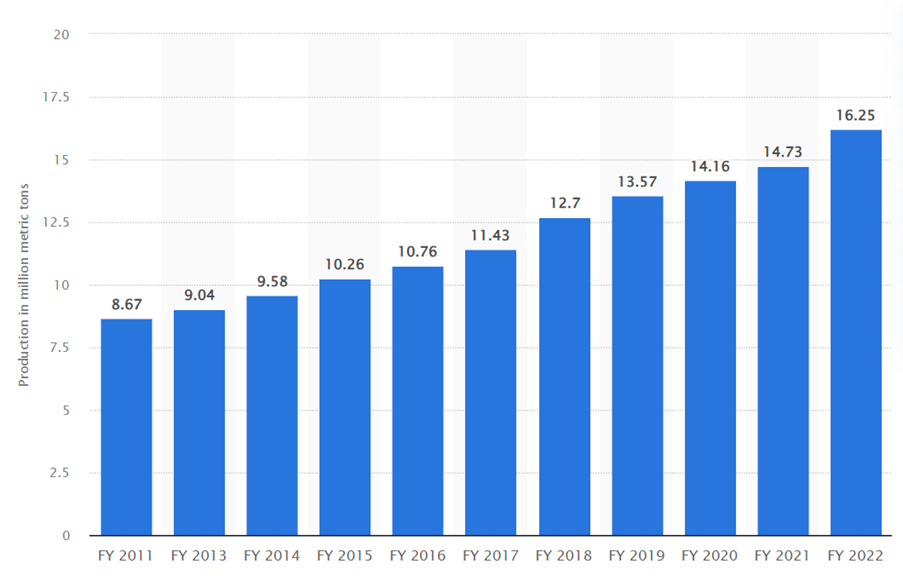
Presently, India is the 3rd largest fish-producing and 2nd largest aquaculture nation in the world after China accounting for 8% of global production.
Brackish/saline water aquaculture has also gained popularity in India. The brackish water shrimp farming industry has grown significantly during the last few decades. Brackish water aquaculture has enormous potential because the country possesses around 1.42 million hectares of brackish/saline land.
In the fiscal year 2022-23, India exported fish and fish products worth USD 8.09 billion. Frozen shrimp accounted for the majority of exports, earning USD 5.48 billion.
India also has abundant and diverse cold water resources, including significant indigenous fish germplasm and clean water with a variety of temperature regimes. As a result, the Himalayan states have a unique advantage in the Cold Water Fishery sector.
Recognizing the importance of fisheries and aquaculture in ensuring food security, nutrition, and livelihood, the Indian government has recently made significant investments in the industry, both financially and institutionally. The Fisheries Department is implementing several new projects to increase inland fish farming with public engagement.
Inland fisheries have enormous possibilities and promise for increasing production through effective fisheries management, technology infusion, and capacity building. In India, more than 30 million fishermen and farmers at the primary level, as well as many more throughout the fisheries value chain, rely on fisheries and aquaculture for a living and employment majority of whom are dependent on the inland fishery sector. Thus this sector is critical for various socially, economically, and nutritionally disadvantaged groups of people.
However, the sector confronts various obstacles. A few of the major issues are overexploitation, incomplete databases and catch data, uneven gender involvement, poor infrastructure, and weak governance structures. Furthermore, the inland fisheries sector is severely lacking temperature-controlled supply chain. Additionally, the marketing of fish and its associated goods is mostly uncontrolled and unregulated.
To address these difficulties, a comprehensive strategy for managing inland fisheries is necessary, incorporating all important components such as fisheries resources, fish, and fishers. It is critical that the Indian government, scientists, fishery managers, fishermen, and other resource users should work together to ensure the long-term management of inland fisheries resources.
Jaber Bin Abdul Bari
Department of Oceanography, NSTU

